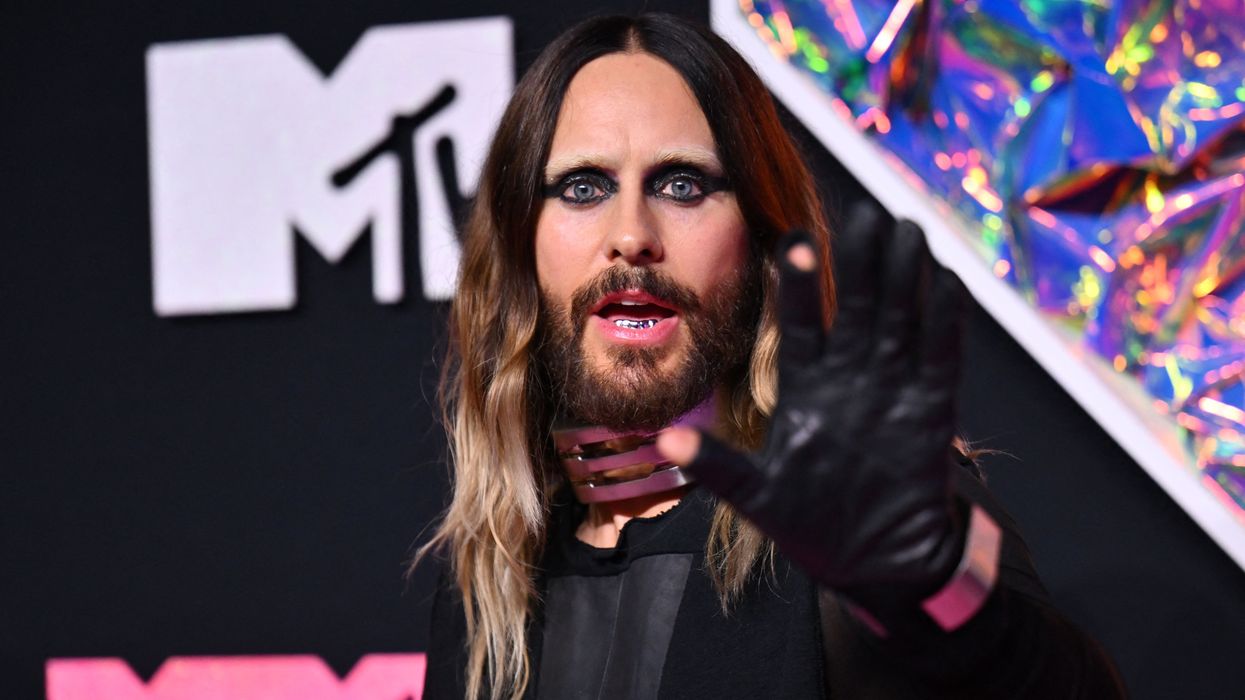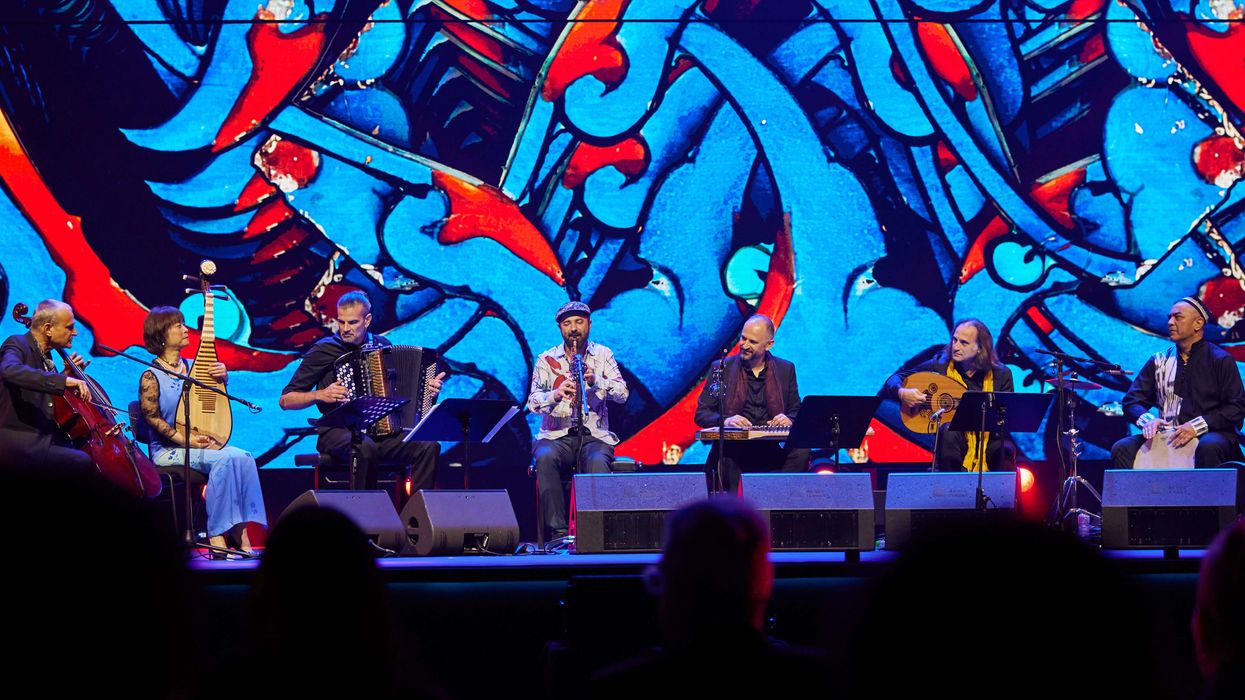Jared Leto, the 53-year-old actor, is under fire after nine women accused him of sexual misconduct, with some alleging inappropriate behaviour when they were underage. The accusations, detailed in a report by Air Mail, span over two decades and include claims of predatory behaviour, unwanted advances, and sexual impropriety. Leto’s representatives have denied all allegations, calling them "demonstrably false."

Underage accusations and disturbing claims
Among the accusers is a woman who says Leto approached her outside a Los Angeles café in 2006 when she was just 16. She claims he later called her late at night with sexually explicit questions. Another woman, model Laura La Rue, alleges Leto flirted with her when she was 16 and later exposed himself to her at his home when she was 17. Leto’s team countered, stating their communications were never inappropriate and that La Rue later sought employment with him, a claim she denies.
One of the most graphic allegations comes from a woman who says Leto began texting her when she was underage. She claims that at 18, he exposed himself, forced her hand on him, and demanded she spit on him. Multiple women also described his parties in the 2000s as environments where underage girls were pressured to skinny-dip.

Resurfaced allegations and public reaction
The claims gained traction after DJ Allie Teilz reposted a 2012 Facebook post alleging Leto assaulted her when she was 17. Her post triggered an outpouring of similar stories, with some women claiming they were as young as 14 during their encounters with Leto.

Leto, known for roles in Dallas Buyers Club and House of Gucci, has yet to personally address the allegations. His team maintains his innocence, but the growing number of accusers has reignited discussions about accountability in Hollywood.







 Holiday fans celebrate Leona Lewis' One More Sleep topping the UK streaming charts Youtube Screengrab
Holiday fans celebrate Leona Lewis' One More Sleep topping the UK streaming charts Youtube Screengrab 






